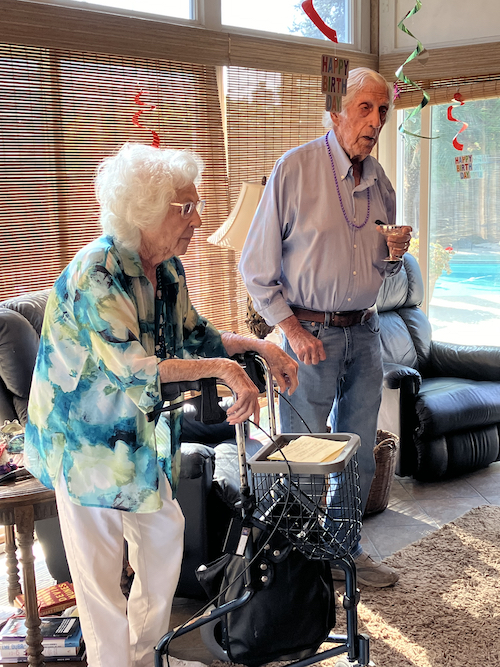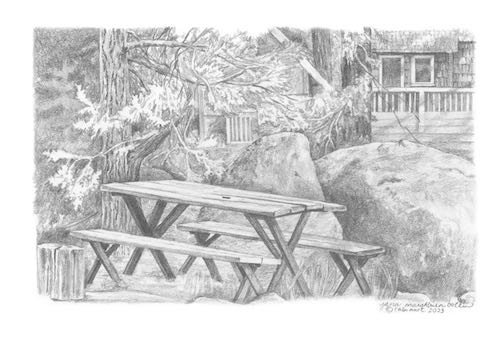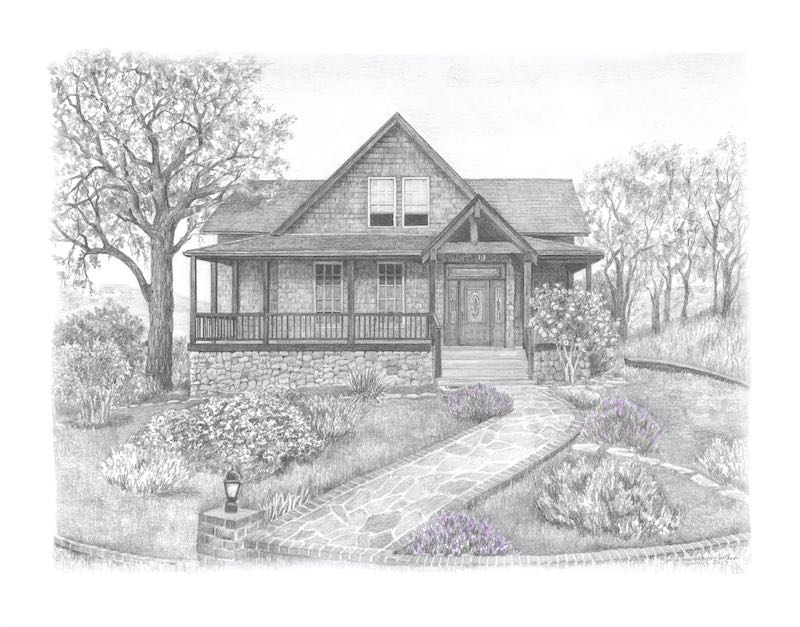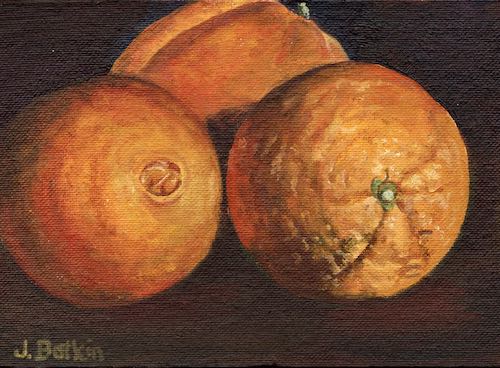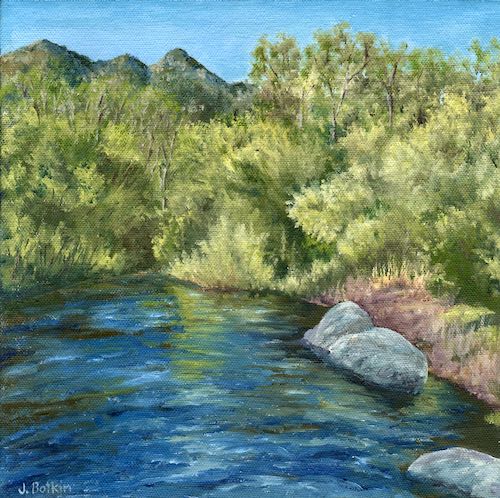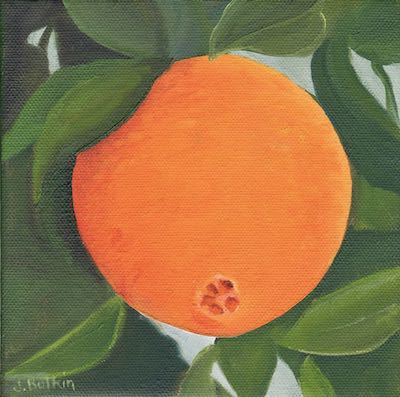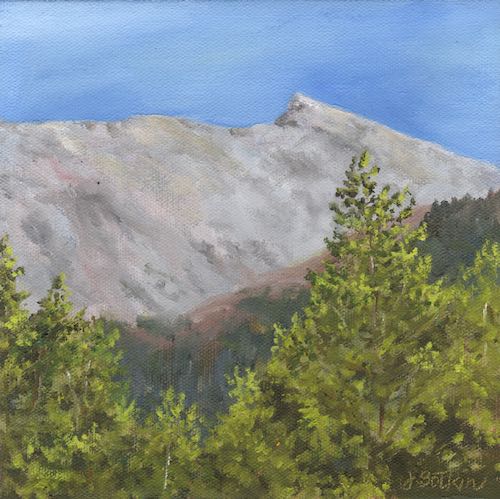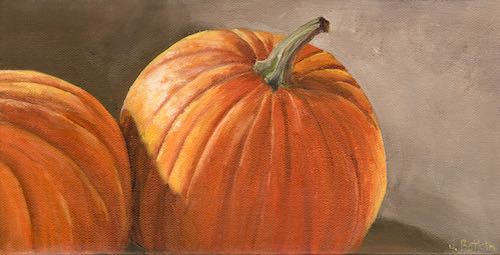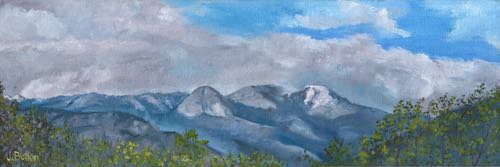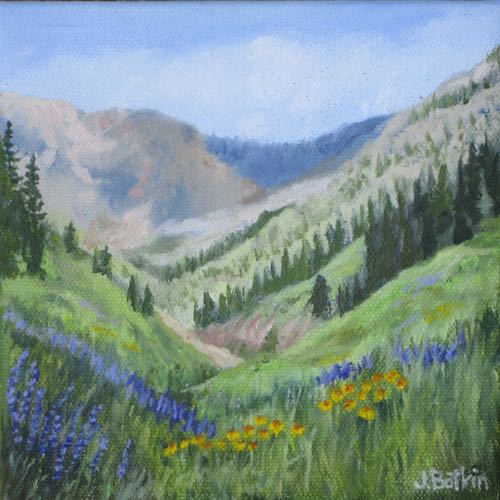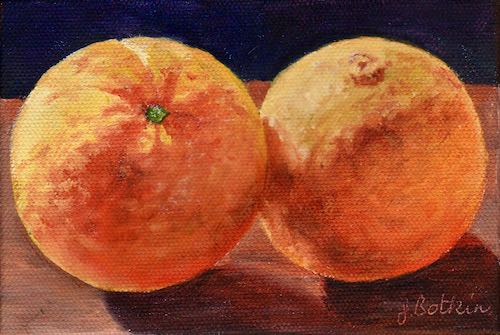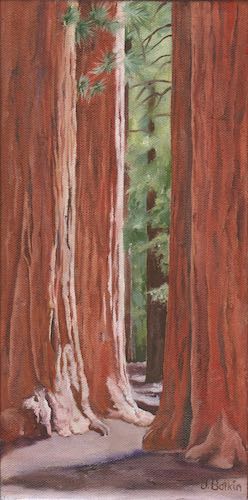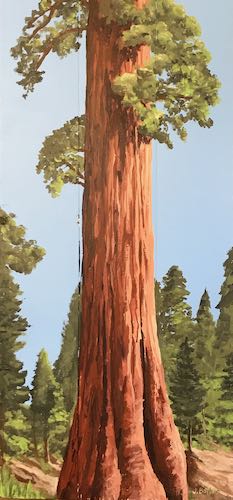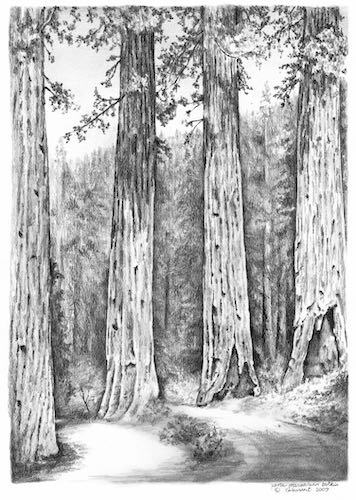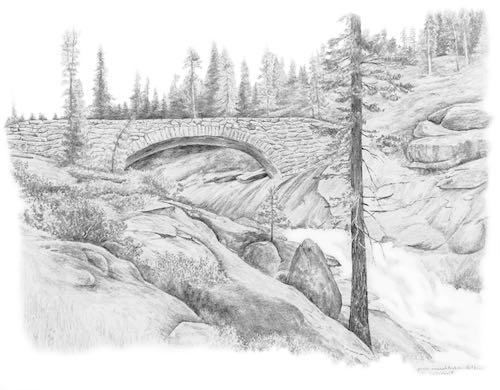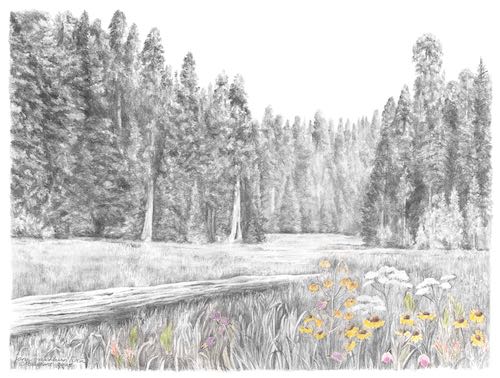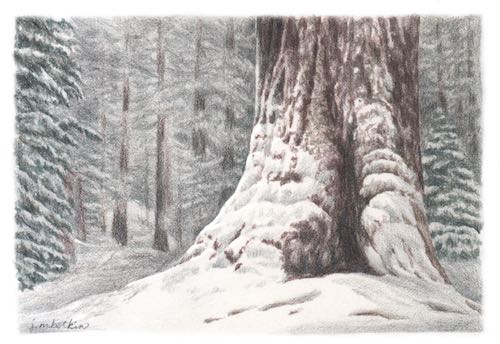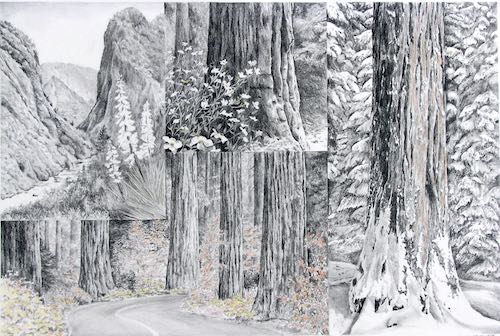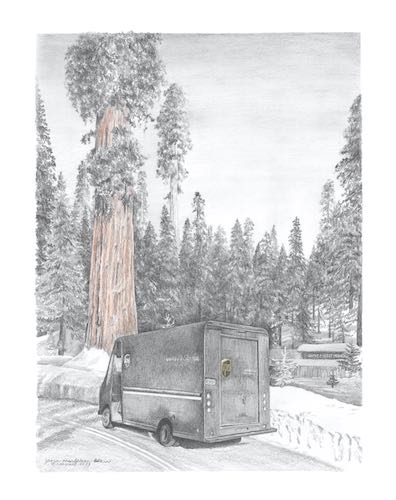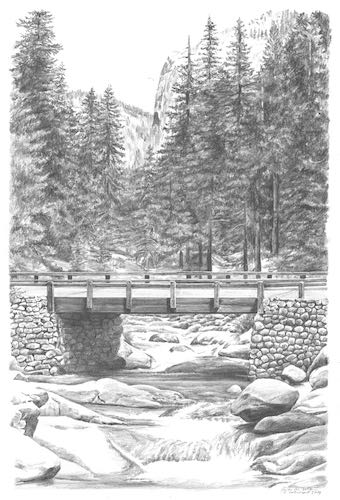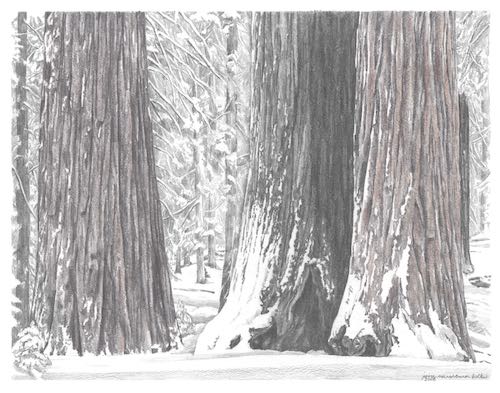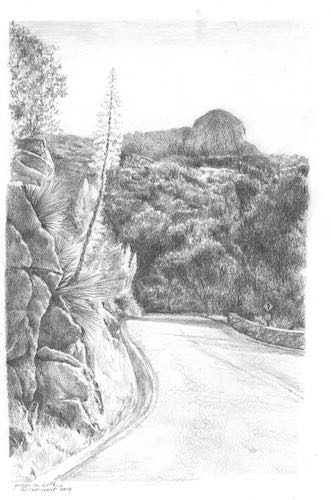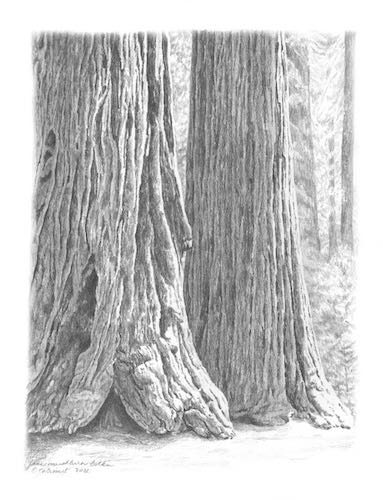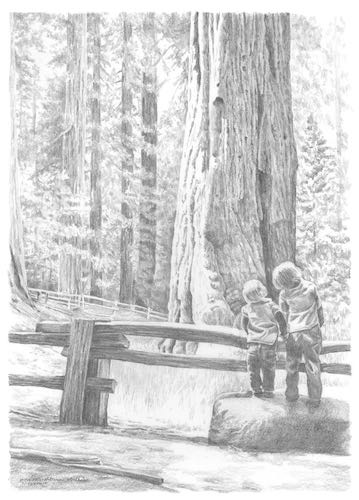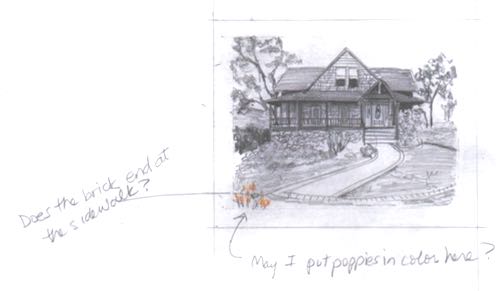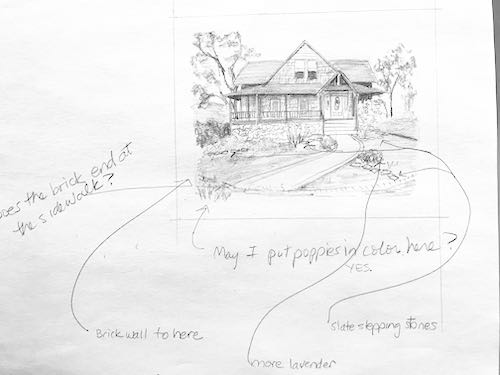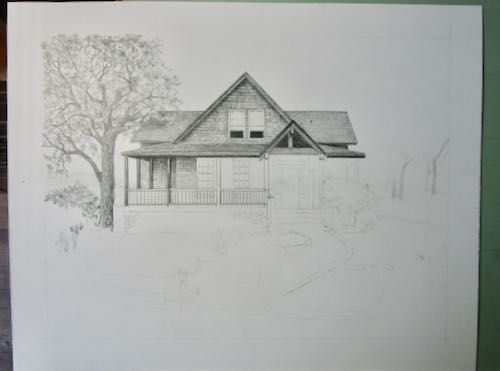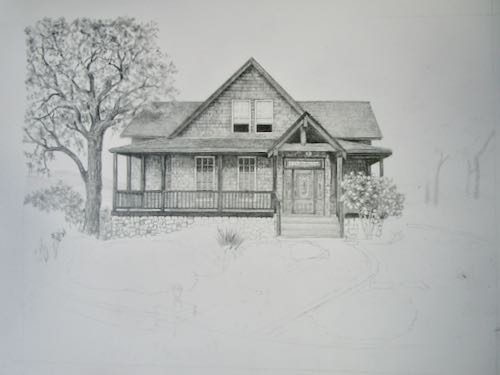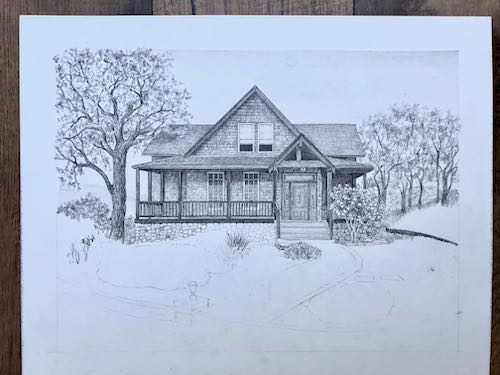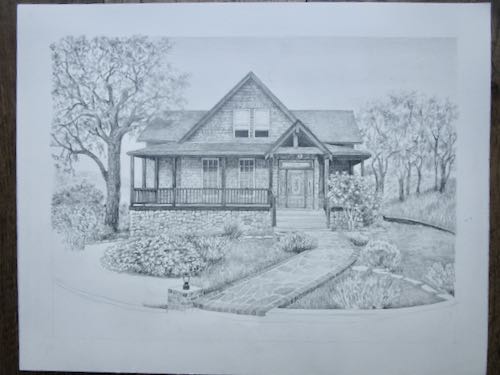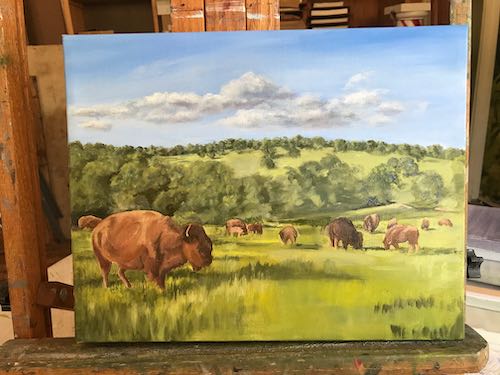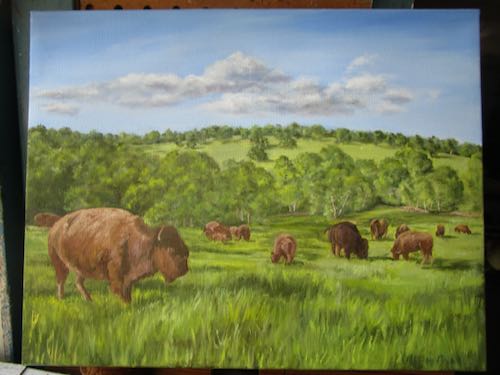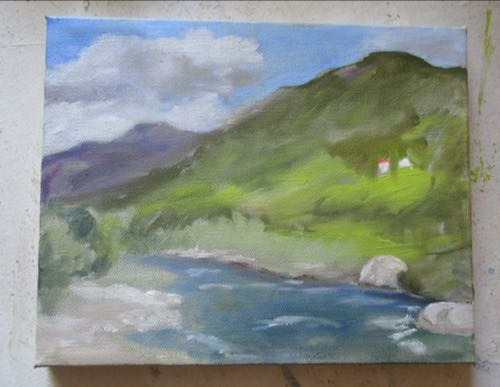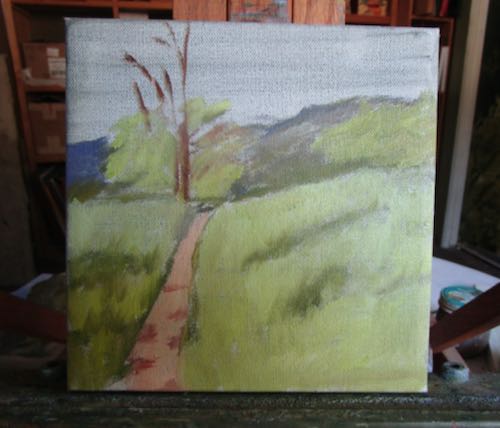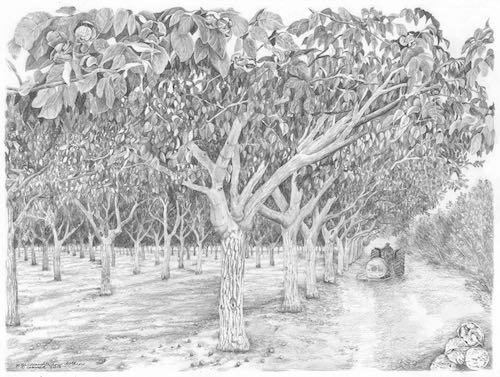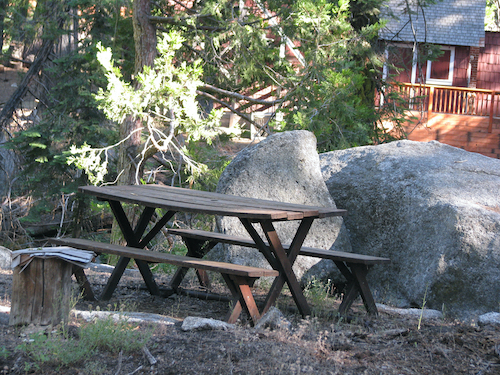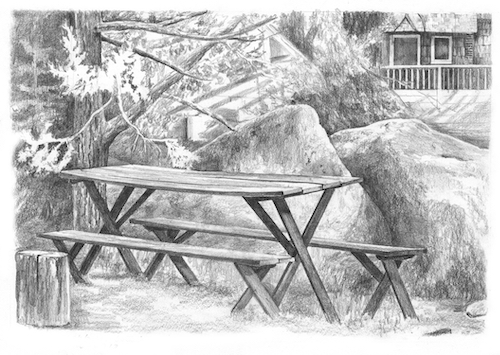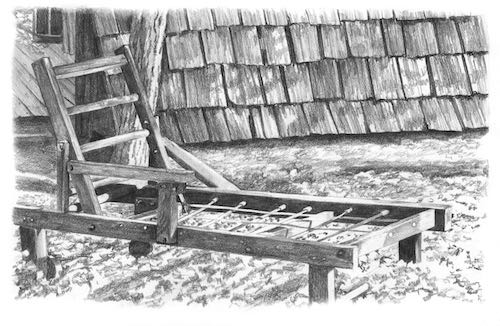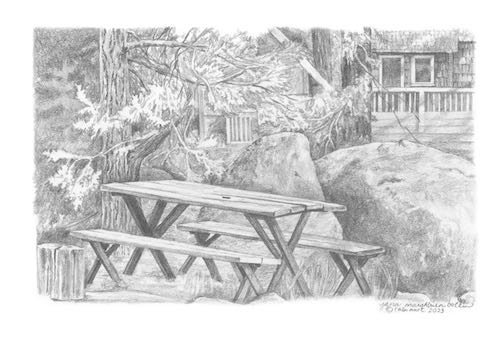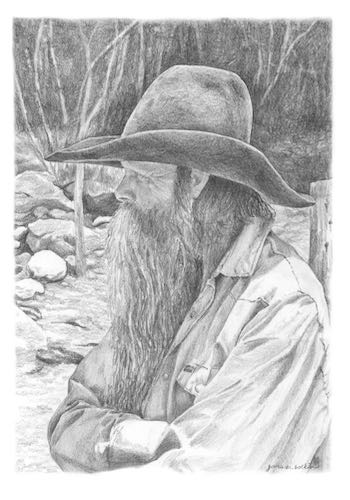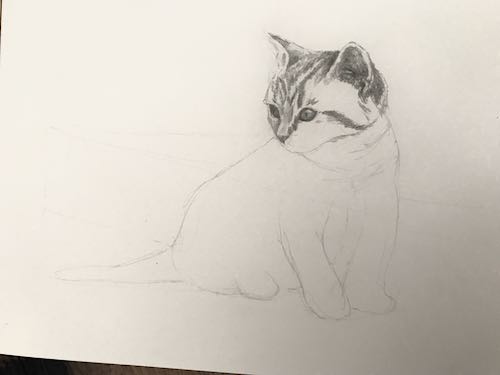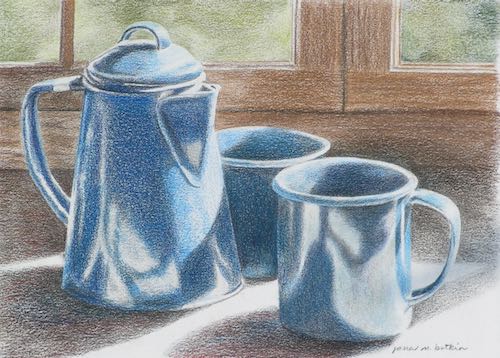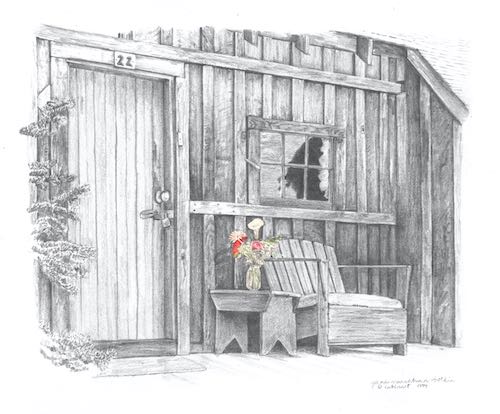Because I teach people how to draw, it is prudent for me to keep in practice. I have no commissions right now, so this means I can draw whatever I want.
I began a drawing that was full of challenges, showing my students that I follow the same steps that I teach them. Then I had some interruptions to my work life and just set it aside for awhile. When I returned to the drawing, it was hard to focus.
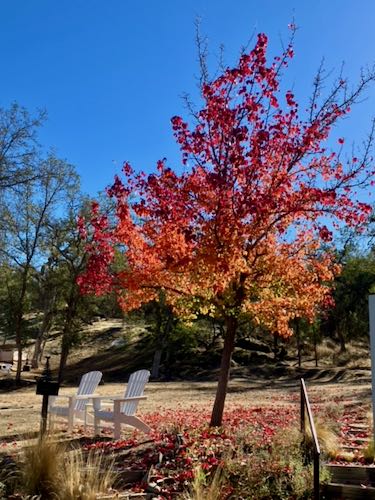
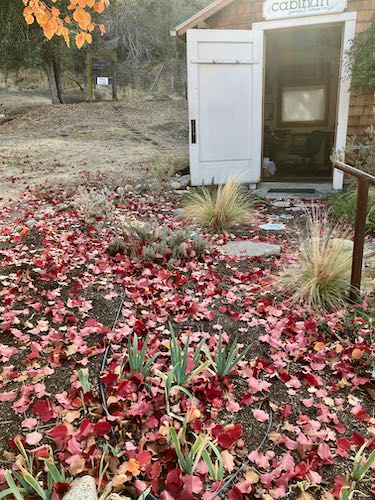
I pulled out the drawing and decided EVERYTHING was wrong. So I stared out the door for awhile.
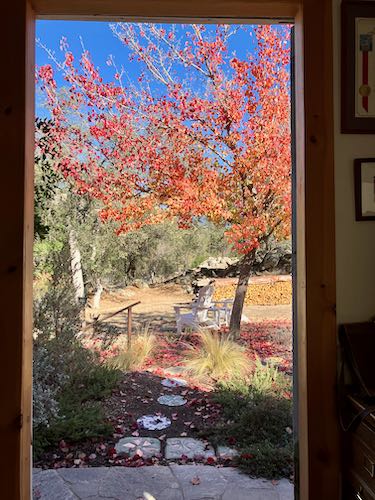
Finally I went back to the drawing, following the advice I would give one of my students to see what, if anything was wrong. I discovered one part that was easy to correct, and then decided that I wasn’t focused enough to work on detail. So I went to the blurry, dark, somewhat unimportant background. “Unimportant” in that its accuracy was irrelevant, but important in that it be a support to the main part of the drawing without drawing attention to itself.
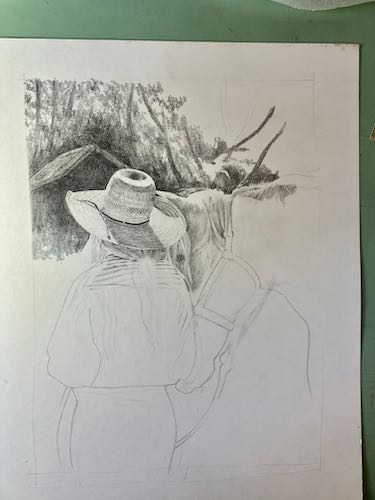
I didn’t document the earlier phases of the drawing because it didn’t seem like a potential blog post. The hat was the most important part to me, so I did it first, figuring that if it didn’t look good, I could just toss the drawing without having invested too much time.
You can see a serious erasure under the horse’s chin. That was the easy-to-fix part, and I hope I can bury the messed up part in some background.
I walked back to the house after this bout of serious focused work (fall down laughing). Told you this was distracted drawing, didn’t I?
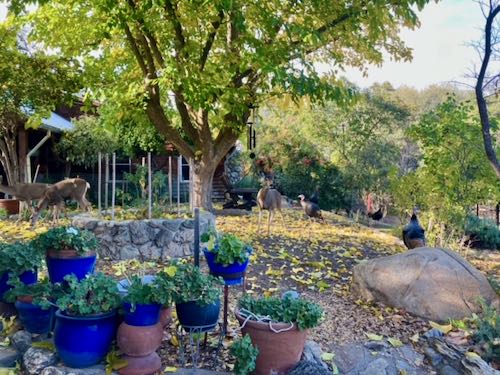

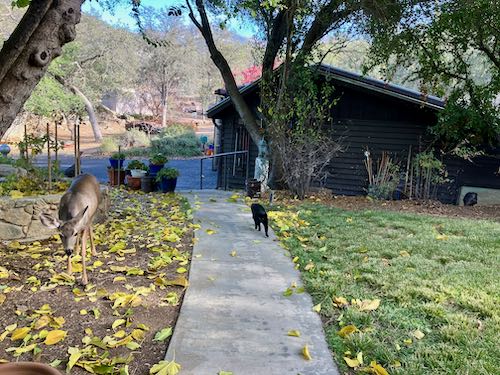
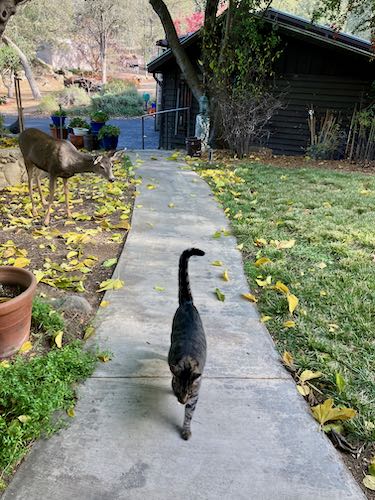
Back to the studio. . .
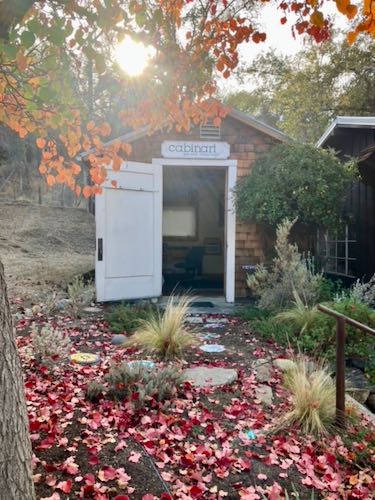
Finally, back to the drawing board.
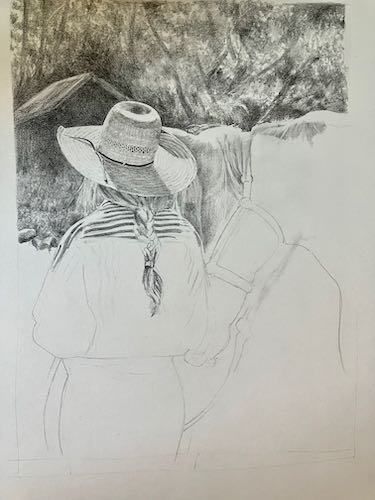
Oh my, those stripes are going to be a challenge.


